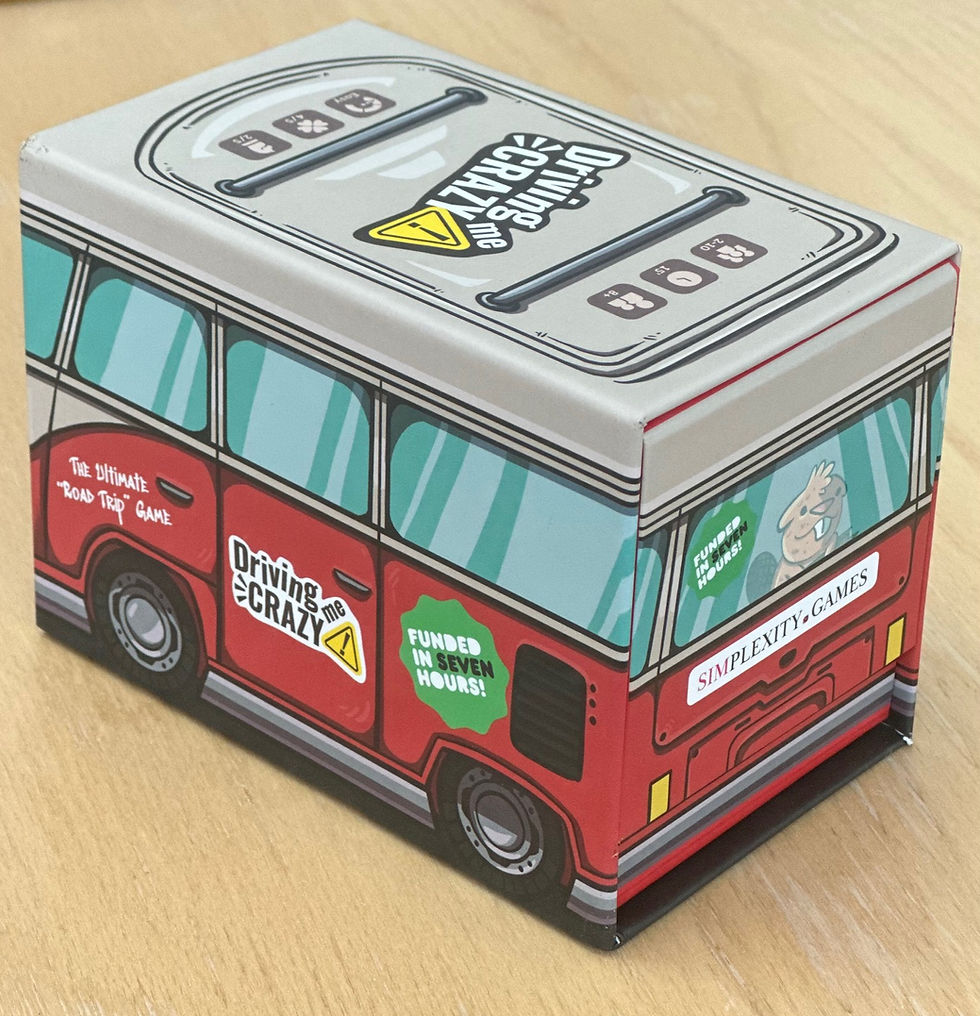klang²
- Board's Eye View

- Feb 21, 2024
- 3 min read
klang² comes in an unprepossessing box and the components look remarkably bland too: 20 simple square tiles of either heavy 'bookbinder' card or wood, depending on the version you go for. Looks can be deceiving, however. Paired with the free accompanying app, these simple-looking components form the basis of an impressive and potentially infinitely expandable series of games and musical training exercises.

The seemingly bland tiles aren't merely pieces of cardboard or wood: they are 'sound squares' containing hidden tags that can be read by any Near-Field Communication (NFC) enabled device, which means pretty much any smartphone manufactured in the last 10 years. Once you've downloaded the app, you're offered a choice of games, and for most you're offered the choice of playing with either 8, 16 or all 20 squares: with more tiles, the games are more challenging.
Most of the games involve finding matching pairs. For young children, for example, you can set the game up to match animals with the sounds they make. Instead of the traditional more-commonplace visual pair-matching memory game, you're matching sounds. You can play similar games with older children pairing the two parts of an English proverb or matching countries and capital cities; the latter rewarding correct pairs with a few bars of the country's national anthem.
The music games mostly work in the same way, with options that include nursery rhymes, Christmas carols and well-known pieces by classical composers. In these games the few bars played by scanning a single square are on a solitary instrument but when the squares are matched to their pair, the full song is played, bringing in other orchestral instruments. For most of the games, there are more options than are used in any one game - so when, for example, you replay a game of Classical Composers, your tiles won't necessarily play the same mix of tunes and composers.
Several of the games will be educational for players of all ages - not just in training memory but in their direct content: for example, in identifying the songs and sounds made by different birds.
klang² is designed and published by Sebastian Oberlin and Adrian Rennertz, and it's produced in Germany, tho' the app is in English. Some of the Christmas carols will be more familiar in Germany than in the rest of the world and there was just one game ('Kids Melodies') which is based on German and Austrian children's songs so where the content may be unfamiliar to British or American audiences - but these only add to the educational value of klang².
We've enjoyed matching the pieces of 'Piano Classics' and classical guitar and correctly matching words and phrases in different languages, and we've had to greatly step up our listening skills and memory to play the 'Sound Spaghetti' game, where each tile plays a cacophony of six sounds and the challenge is to identify the sound that can be heard on two tiles. Likewise, many players will find challenging the games that require them to match pairs of identical octaves or sorting the notes in a G-Major or Chromatic scale in G.
Once the games have been downloaded to your app you don't need internet access to play, so klang² is highly portable. It's also dynamic because more games are being added; indeed, you can even upload your own sounds to create your own klang² game. It all goes to show that you don't need bright colours and snazzy artwork to come up with a game system that can have appeal for children and adults alike.
If you can't find klang² at your local games store, click here to order direct from the publisher.
#klang #klang2 #memorygame #sounds #pairs #music #educational #childrensgame #familygame #app #NFC #smartphone #OberlinandRennertz #classicalmusic #Christmascarols #SoundSpaghetti




